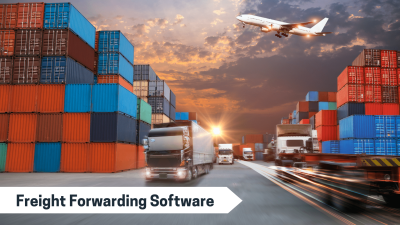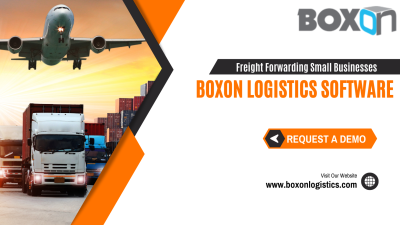Successful shipping requires knowledge of the essential documents and types of freight charges. This type of knowledge will save your business a lot of confusion and time. However, before we jump into the different charges we must look at two in particular. Bill of Lading (BOL) and Freight Bill usually get mixed up but they’re actually quite different. In order to avoid any future issues its best to differentiate the two.
What is a Bill of Lading?
The Bill of Lading is a critical document because you need it to move a freight shipment. Its provided by the shipping company or the 3PL company as a receipt of freight services, a contract for the carrier and shipper as well as a document of title. The BOL provides drivers and the carrier the necessary details to process the freight shipment, such as weight, value and and description of every item shipped.
Also, as a legally binding document, Bills of Lading can be used in the court of law to determine whether a company met its obligations. Therefore, customers and freight companies must ensure that this document is accurate. You can avoid a lot of problems by just taking the time to thoroughly check and re-check your Bills of Lading.
Simply put, BOLs represent the agreement between the shipper and the provider/carrier that basically states the freight’s collection location, its destiny and ETA.
What is a Freight Bill?
Its common for people to confuse a Freight Bill with a Bill of Lading. But, unlike a BOL, a freight bill can’t be used in the court of law as evidence if there’s a legal dispute. Rather, a Freight Bill, also referred to as a Freight Invoice, mostly helps when auditing shipping practices and evaluating records.
Although Freight Bills should look similar to its corresponding Bills of Lading counterparts, they can also include additional charges or information to clarify the information on the BOL. Freight Bills generally work great as an auditing document when improving logistics processes, instead of using the original BOL.
Regardless of the type of document you’re dealing with they should be kept for a long time and available electronically at any moment. Making sure all your documents are properly used and stored is a key process for every logistic provider.
A Guide of the Different Freight Charges
Let’s check out the other different types of freight charges that are important for smooth and profitable freight shipping.
#1 – Consignee Collects
The consignee is a buyer responsible for paying all the freight charges upon delivery. They are also responsible customs declarations (a statement showing goods being imported) and filing any taxes or forms.
#2 – Free on Board (FOB) Origin
Free On Board (FOB) means that the supplier pays the shipping costs that usually include insurance costs from production to a specified destination, at which point the buyer takes responsibility.
In FOB Origin the buyer is responsible for freight and damaged goods even if no FOB terms were discussed or mentioned in the contract or purchase order. The same goes for consignees. They incur the freight responsibility and all of its associated costs at the shipper’s dock.
#3 – Free on Board (FOB) Destination
In this case the shipper pays all the freight charges after the title for goods passes through the consignee’s dock. Therefore all the freight is prepaid before shipment.
#4 – Third Party
The Third Party refers to a logistics company that pays the freight charges on behalf of a shipper or consignee. A third party is especially helpful when the freight order is found complicated or the consignee lacks experience.
#5 – Prepay and Add
This type of charge benefits the customer because the shipper pays for the freight and then collects the charges from customer. But only because the shipper and the customer have a good relationship and the shipper can get better deals than the customer.
#6 – Cash on Delivery
The carrier collects freight charges at the time of delivery and submits them to the shipper for reimbursement. This type of carrier charge comes with an additional fee.
#7 – FOB Origin and Freight Prepaid
This charge is similar to FOB Origin because the freight becomes the consignee’s responsibility, but the shipper pays all the freight charges.
#8 – FOB Origin, Freight Prepaid and Charged Back
Here the consignee takes responsibility for the freight and the shipper pays the freight bill. But the consignee gets an invoice for all the freight charges from the shipper.
#9 – FOB Destination and Freight Collect
As part of FOB Destination, the title for goods passes to the consignee, but they must pay all the charges.
#10 – FOB Destination, Freight Collect and Allowed
The title for goods passes to the consignee at their dock, they pay for the freight charges and then deduct the freight charges from the seller’s invoice for the goods.
Recognizing all of these charges will set you up for success, but also save you a lot of headaches. So play attention to all of them.
For Freight Forwarders
Wish to provide better freight forwarding services for your clients? Get BoxOn Freight Forwarding Software integrated into your business strategies to discover its benefits. Our Freight Forwarding Software can help streamline all your freight operations and provide reliable freight services for all your clients.
To schedule a FREE DEMO or to know more about BoxOn Freight Forwarding Software, please contact us here.






COMMENTS